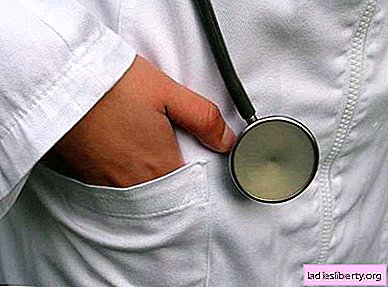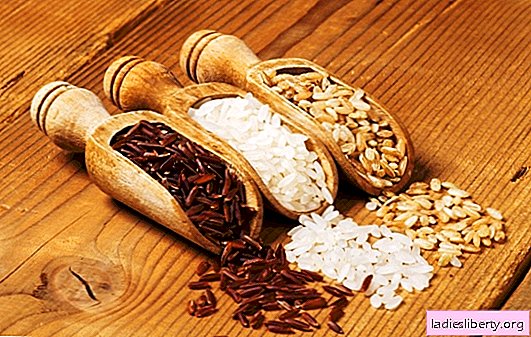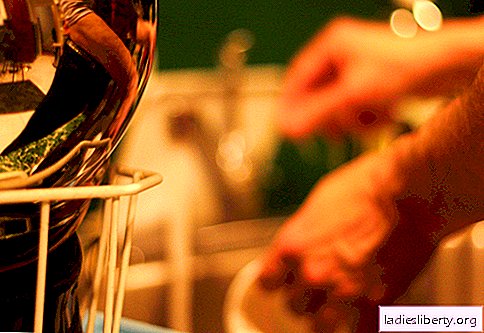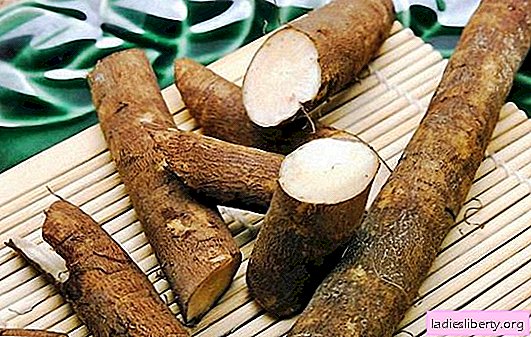
Nodal erythema is a disease manifested by inflammation of the subcutaneous fat and blood vessels of the skin. Mostly found in women (3 times more often than men), whose age ranges from 15-30 years. All kinds of infectious diseases usually provoke erythema, but an independent development of the disease is also possible.
Erythema - causes
The causes can be various infections: tuberculosis, streptococcal infections (scarlet fever, tonsillitis), yersiniosis, leprosy, venereal lymphogranuloma, coccidiodosis, histoplasmosis. In general, all that is called "chronic foci of infection."
Non-infectious causes may include ulcerative colitis and pulmonary sarcoidosis (in most cases).
It should also be noted the allergic nature of erythema, most often occurring after taking sulfa drugs (sulfadimethoxine, sulfalene) and contraceptives.
Erythema - Symptoms
Erythema nodosum can be both acute and chronic. The acute form is characterized by an increase in temperature, a worsening of the general condition, and appearance on the knees, lower legs, less often on the neck and face of painful red palpations upon palpation, which subsequently change their shades to purple, brown and yellowish. Half of those affected suffer from joint inflammation. In a more severe form, erythema nodosum occurs in children. The process independently resolves after six, a maximum of seven weeks.
In the chronic form, erythema does not disappear for long, as the nodes merge or appear in new parts of the body, that is, migrate.
Erythema - diagnosis
In order to correctly establish the causes of erythema and receive adequate treatment, you need to seek help from a rheumatologist, dermatologist and therapist. If the patient suffers from tuberculosis, then to a TB specialist, and if sarcoidosis, then to a pulmonologist, etc.
Erythema nodosum is diagnosed by visual inspection. At the first treatment, it is necessary to take an X-ray of the lungs to exclude tuberculosis and sarcoidosis, to pass an analysis of feces for yersinia and a swab from the oropharynx to streptococcus.
To exclude infections, special blood tests are needed. Special approaches require a situation with suspected tumor and autoimmune diseases.
Erythema nodosum often develops in people who have predisposing diseases to it. Also at high risk are women taking contraceptives and pregnant women.
Erythema - treatment and prevention
First of all, it is necessary to reorganize the foci of concomitant infections (treatment of dermatitis, colds, measles and scarlet fever), eliminate the physical factor that irritates the skin (refuse physiotherapeutic procedures, massage and sunbathing) and skin contacts with chemical irritants.
For the treatment of erythema nodosum, corticosteroid drugs, antibiotics, angioprotectors, alkaline iodides, drugs to strengthen the walls of blood vessels, peripheral hemokinators, adaptogens and disaggregants are used. With local treatment, Dimexidum applications, occlusive dressings with corticosteroid, butadione ointments are prescribed. Dry heat is also shown.
Patients observe bed rest (especially in cases where erythematous lesions are localized mainly on the lower extremities), perform special gymnastics to improve blood circulation. A diet is recommended that completely eliminates the use of irritating foods: salty, fried, spicy, smoked canned foods, strong coffee and tea, chocolate, citrus fruits and alcohol. It is also necessary to avoid the influence of factors that provoke relapses of erythema: smoking, hypothermia, prolonged standing and walking, provoking a violation of blood circulation, heavy lifting, bruises, etc.
For prevention, it is necessary to timely treat the underlying disease, which contributes to the development of erythema nodosum.











